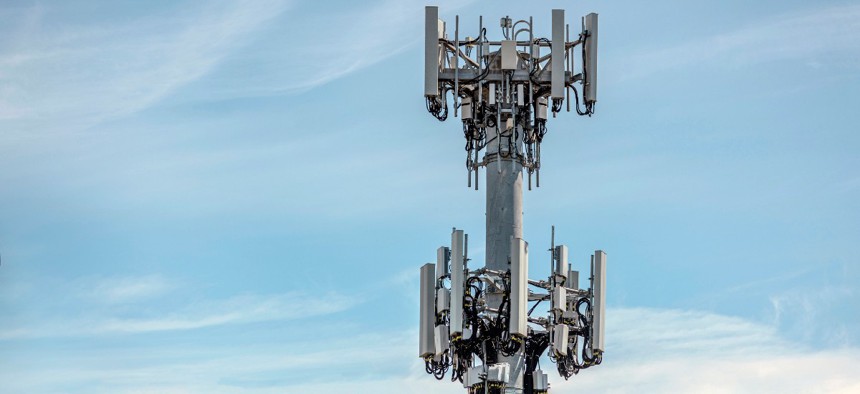Air Force opens $12.5B network modernization vehicle up for bids

Gettyimages.com / Andrew Merry
Awardees will compete for task orders to work on all aspects of the wired and wireless components in classified and unclassified networks.
As it promised, the Air Force has unveiled the final solicitation for a $12.5 billion contract vehicle focused on network infrastructure modernization efforts at bases around the world.
Proposals for the multiple-award Base Infrastructure Modernization IDIQ contract are due by 4 p.m. Eastern time on April 22, the Air Force said in its Friday notice to release the request for proposals.
The contract will have both a full-and-open track and small business set-aside portion, the latter of which has five awards reserved for 8(a) companies.
A minimum of three awards are saved for each of these small business categories: HUBZone, women-owned, service-disabled veteran-owned, and small businesses not in a socioeconomic program.
Awardees will compete for task orders to design, install, test and maintain both the wired and wireless components of classified and unclassified networks. They will also responsible for operating, monitoring and sustaining the network based on requirements for multidomain operations.
Price and/or cost will not be a determining factor in the evaluation as awards will go to "each and all qualifying offerors," the Air Force says in the RFP.
The criteria instead centers around prior experience, facility clearance, the technical aspects and small business participation plans. Bidders will either receive an "Acceptable" or "Unacceptable" rating for each factor.
The Air Force designed the BIM IDIQ to carry forward lessons learned from both prior IT infrastructure modernization efforts at its bases and a portion of the service branch's Enterprise IT-as-a-Service initiative also known as EITaaS.
EITaaS' network-as-a-service piece launched in 2018 via a pair of Other Transaction Authority agreements with AT&T and Microsoft, which worked with the Air Force to experiment on using commercial networks and related capabilities at bases.


